An enhancer-based gene-therapy strategy for spatiotemporal control of cargoes during tissue repair
- PMID: 36516837
- PMCID: PMC9830588
- DOI: 10.1016/j.stem.2022.11.012
An enhancer-based gene-therapy strategy for spatiotemporal control of cargoes during tissue repair
Abstract
The efficacy and safety of gene-therapy strategies for indications like tissue damage hinge on precision; yet, current methods afford little spatial or temporal control of payload delivery. Here, we find that tissue-regeneration enhancer elements (TREEs) isolated from zebrafish can direct targeted, injury-associated gene expression from viral DNA vectors delivered systemically in small and large adult mammalian species. When employed in combination with CRISPR-based epigenome editing tools in mice, zebrafish TREEs stimulated or repressed the expression of endogenous genes after ischemic myocardial infarction. Intravenously delivered recombinant AAV vectors designed with a TREE to direct a constitutively active YAP factor boosted indicators of cardiac regeneration in mice and improved the function of the injured heart. Our findings establish the application of contextual enhancer elements as a potential therapeutic platform for spatiotemporally controlled tissue regeneration in mammals.
Keywords: YAP; cardiomyocyte proliferation; enhancers; gene therapy; heart regeneration; mouse; pig; tissue regeneration; zebrafish.
Copyright © 2022 Elsevier Inc. All rights reserved.
Conflict of interest statement
Declaration of interests R.Y., J.K., J.A.G., V.C., and K.D.P. are listed as inventors on a patent application filed by Duke University on methods for enhancing tissue regeneration. C.A.G. is an inventor on patents and patent applications related to epigenome editing, is a co-founder/advisor of Tune Therapeutics and Locus Biosciences, and is an advisor to Sarepta Therapeutics.
Figures
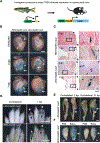
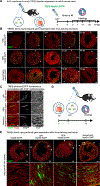
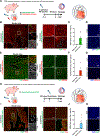
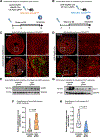
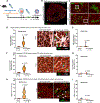
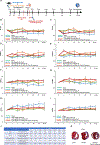
Comment in
-
Regrowing the heart, one TREE at a time.Cell Stem Cell. 2023 Jan 5;30(1):1-2. doi: 10.1016/j.stem.2022.12.004. Cell Stem Cell. 2023. PMID: 36608673
References
Publication types
MeSH terms
Grants and funding
- T32 GM144291/GM/NIGMS NIH HHS/United States
- P01 HL146366/HL/NHLBI NIH HHS/United States
- UM1 HG012053/HG/NHGRI NIH HHS/United States
- R01 HL126524/HL/NHLBI NIH HHS/United States
- U01 AI146356/AI/NIAID NIH HHS/United States
- 17SDG33660922/AHA/American Heart Association-American Stroke Association/United States
- R35 HL150713/HL/NHLBI NIH HHS/United States
- R01 DK119621/DK/NIDDK NIH HHS/United States
- R01 HL151522/HL/NHLBI NIH HHS/United States
- RM1 HG011123/HG/NHGRI NIH HHS/United States
- P30 AG028716/AG/NIA NIH HHS/United States
- R01 HL136182/HL/NHLBI NIH HHS/United States
- R01 HL157277/HL/NHLBI NIH HHS/United States
- R01 HL164013/HL/NHLBI NIH HHS/United States
- 16SDG30020001/AHA/American Heart Association-American Stroke Association/United States
- U01 HL134764/HL/NHLBI NIH HHS/United States
- R33 DA041878/DA/NIDA NIH HHS/United States
- R21 AG067245/AG/NIA NIH HHS/United States
- F31 HL162460/HL/NHLBI NIH HHS/United States
LinkOut - more resources
Full Text Sources
Medical

